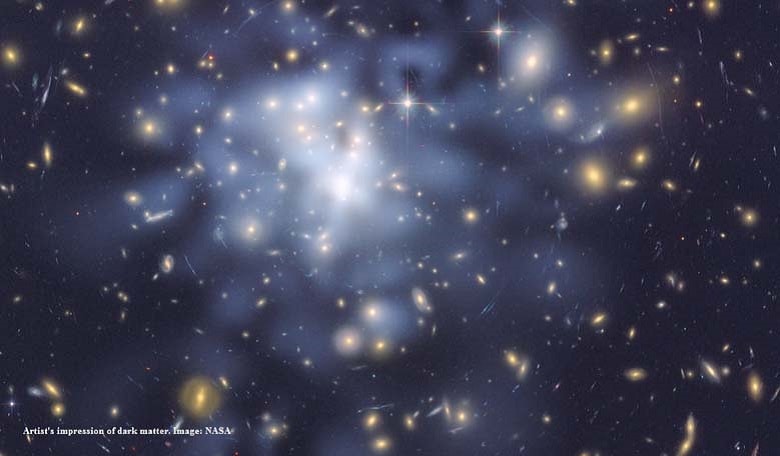Are you paying attention to what is going on with all things dark? Well, you should.
Dark matter and dark energy together make up 95% the universe. When we think of the stars, or when we think of other galaxies, we must understand that we are only thinking of the 5% of the universe that we can observe.
But there are a number of potential new ideas circulating around dark matter and dark energy currently.
For one thing, physicist James Bullock is challenging some of the standard assumptions surrounding dark matter. In a nutshell, he suggests that dark matter may be complex, and self-interacting.
You can read his full interview with QUANTA on the subject – including a frank discussion on just how difficult it is to research dark matter in a field where people usually “follow the light.”
Meanwhile, there are also two interesting new studies about dark matter and dark energy that are out.
XENON100, located deep underground in Italy, is a detection experiment whose latest findings challenge a number of proposed models that attempted to predict many interactions between dark matter and electrons.
There is also news that we could now be able to search for so-called dark energy “chameleon fields,” which explain our observation that the universe is expanding, and doing so at an accelerating rate.
In general, it is humbling to realise that most of the universe is made up of stuff we can’t detect. This is why we at ROOM take such an immense interest in new studies in this field. And you should too. Just think about it – dark matter is currently all around you. Just because you can’t see something, doesn’t mean it’s not there.











